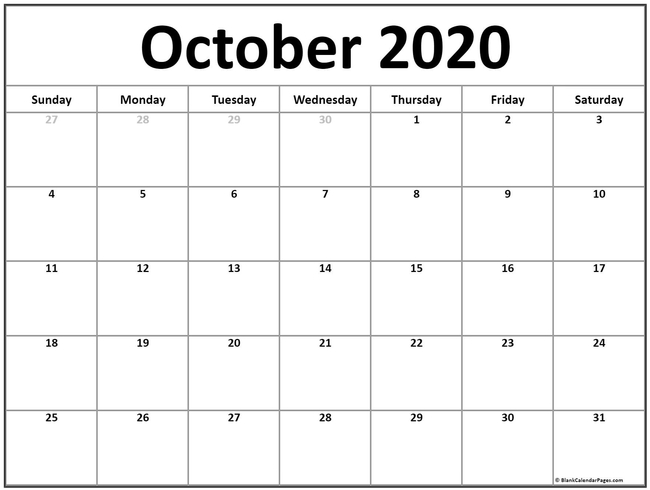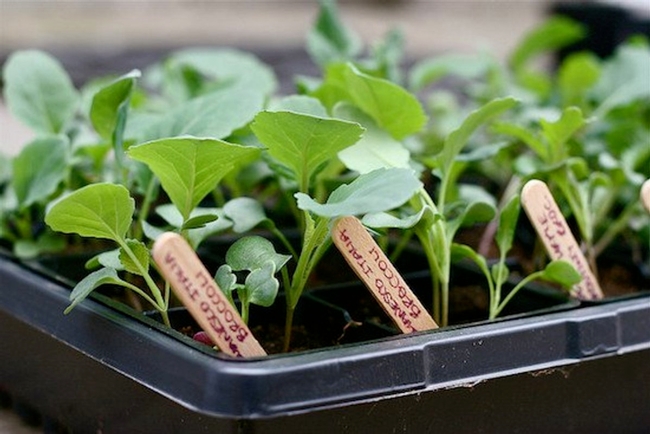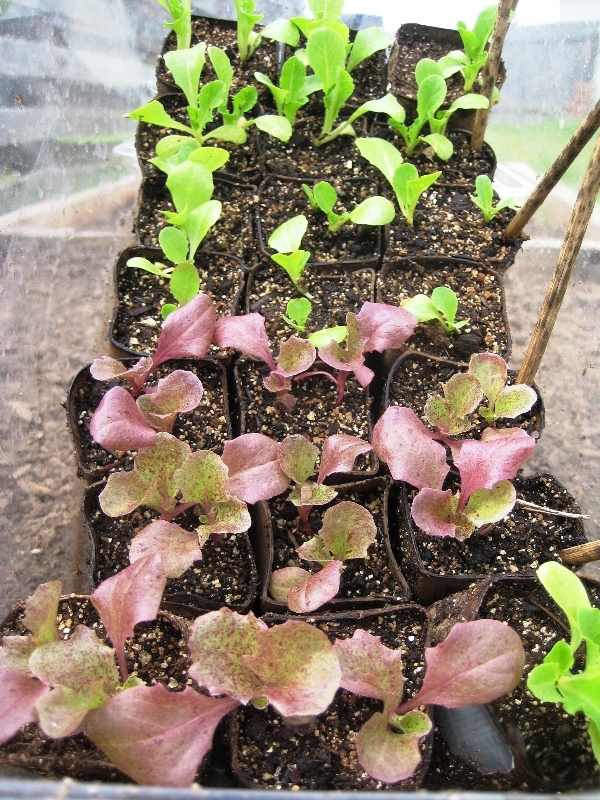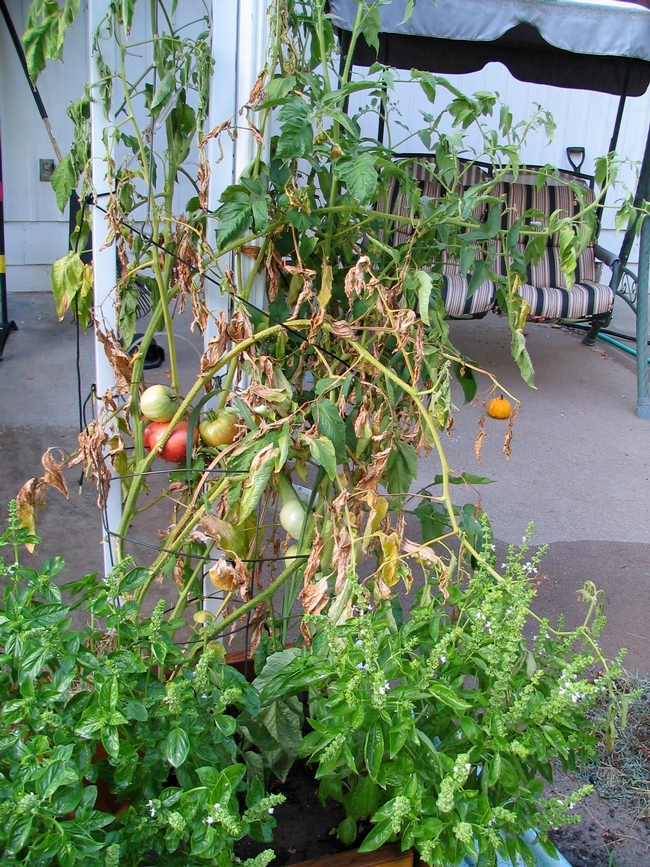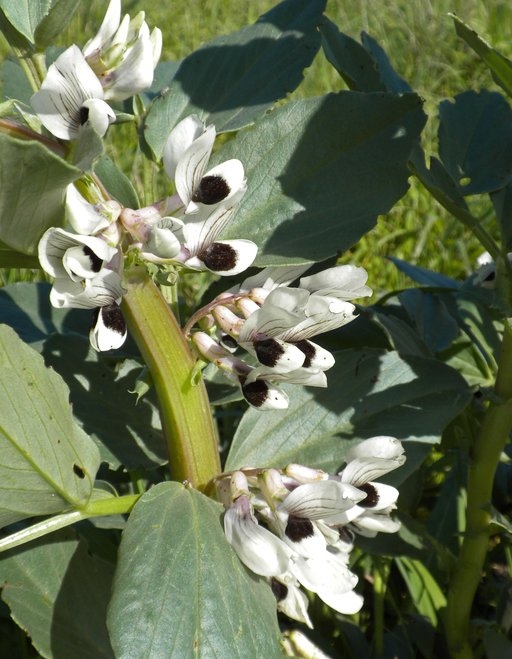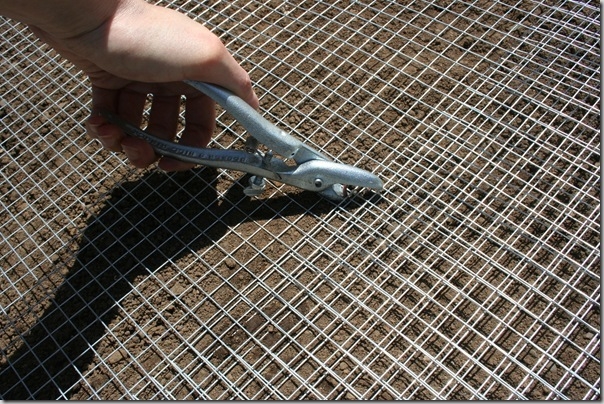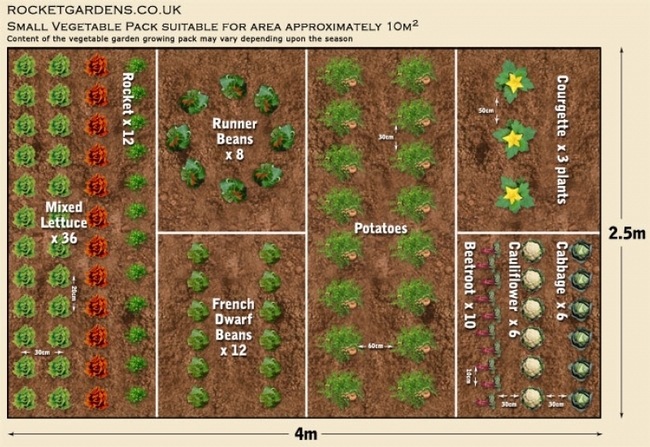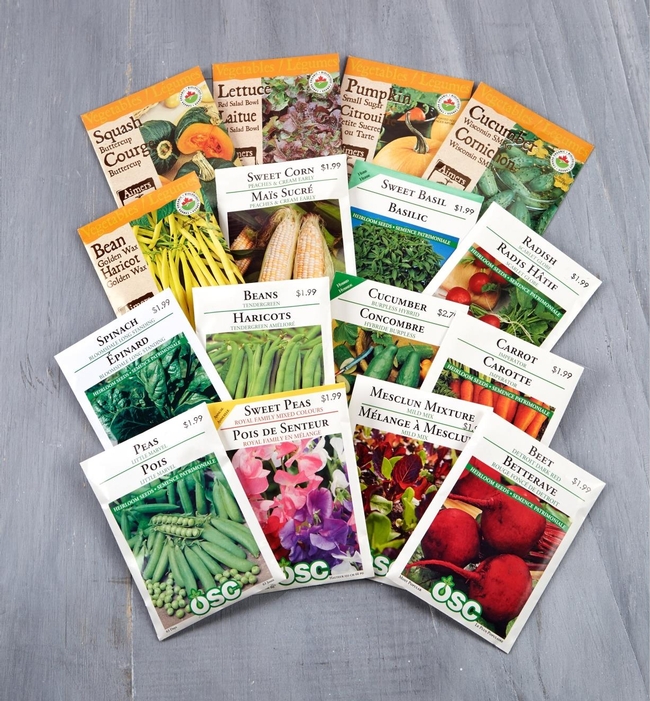By Pat Hitchcock, UC Master Gardener of Napa County
One of the pleasures of having a large, messy vegetable garden is that plants that get ignored past their useful life as an edible still have value. I've learned this slowly over time.
Bolting lettuces attract insects to their blossoms, while small birds enjoy the seeds and the fluff that accompanies the seeds. Insects and birds add activity and diversity to my vegetable patch. Even better, birds eat a lot of plant pests, and insects that visit blossoms are probably pollinating other vegetables.
Beyond that, if allowed to ripen their seed, lettuce plants self-sow. Come winter, new lettuce seedlings will sprout in pathways and among the weedy areas around my vegetable patch. Eventually I learned that I could collect seed from those bolting lettuces and save it for sowing the following season.
Lettuces grow true—that is, the seeds generally produce the same kind of lettuce as the parent plant. That's because lettuce flowers are what botanists call perfect flowers, with both female and male parts. They are self-pollinating due to the shape of the flower, which is why parent plants produce similar offspring.
Hybrid vegetables don't do this. To create hybrids, breeders cross-pollinate two related plant species or varieties to get a new plant with the best characteristics of the parents. Hybridizing yields many excellent vegetables, but the seed that hybrids produce can be wildly variable. Growing vegetables from hybrid seed is always an experiment.
Besides saving lettuce seeds, I like to save annual arugula seed. Arugula grows lushly during the cold months, but once the weather warms up, it goes to seed. It freely self-sows, but it is easy to capture the dry seed pods before they shatter and set aside a supply for sowing where I want them to grow next winter. Unlike lettuce, arugula is pollinated by insects. But because I'm not growing other similar plants in my garden, insects can't mix up the pollen, so my arugula seeds produce plants that resemble the parents.
Another cool-season vegetable that I like to grow is baby bok choy. I made a late planting of this vegetable in April, but we had warm weather that month and it bolted. I consulted The Complete Guide to Saving Seeds by Robert Gough and Cheryl Moore-Gough about how to save the seeds. Bok choy is in the mustard family, and several plants in that family grow and bloom abundantly in Napa Valley. However, it seemed unlikely that anything else in my yard or nearby would cross with the baby bok choy.
I dug up the plants, set them upside down on a fence and hoped for the best. A week later the plants were dry with seed pods intact and I harvested them. Then it occurred to me to check to see if the original seed came from hybrid or open-pollinated plants. I still had the seed packet, but unfortunately the seed was a hybrid type. Guess I'll buy my baby bok choy seed for next year.
Meanwhile the peas are finishing their production and some of the pods have gotten large and tough. Should I save some seed from those? Peas (and their bean cousins) have perfect flowers that self-pollinate, so usually you can save the seeds. But did I start with hybrid or open-pollinated types?
While the seed packets did not indicate whether they were hybrids, the seed company's website did. All of my peas are open-pollinated types. So, if I can leave the plants in the ground a while longer, I can harvest some of the mature peas as they dry and re-plant next year.
A large chard plant has been self-sowing in my vegetable patch off and on for years. I have found this green chard to be a dependable and delicious source of greens all winter. It has less trouble with aphids and leaf miners than some of the more colorful chards I have grown, and those are characteristics worth preserving.
Chard flowers are wind-pollinated, but if you have only one type of chard in bloom in your garden, the collected seed will grow true. I want to save this seed so I can plant the chard where I want it instead of having it grow in pathways. Following advice in the book, I'll wait until most of the flowers have turned brown, then remove the stalk and cure it in a dry cool place for a few more weeks.
The dilemma with seed saving is that it takes a long time for plants to produce a flowering stalk and ripen seed. In the meantime, they're taking up space that you might need for next season's vegetables. My vegetable plot is roomy enough to accommodate this process, and I take pleasure in saving money on next year's seeds as well as sharing with friends.
Workshop: Napa CountyMaster Gardeners will present a free 1-hour Library talk via Zoom on Thursday, July 1, on “Potpourri of Growing Tips and Good Practices.” Learn how to clean and store your tools, how to manage yellow jackets, and more. Register to receive the Zoom link: http://ucanr.edu/2021JulyGardenTips
Free Guided Tree Walk: Join Master Gardeners of Napa County for a tree walk in Fuller Park in Napa on Tuesday, July 13, from 10 a.m. to noon. Limited to 12 people per walk. COVID safety protocols will be followed. You will be asked health questions and asked to sign in. Face masks and social distancing are required. Register here.
Got Garden Questions? Contact our Help Desk. The team is working remotely so please submit your questions through our diagnosis form, sending any photos to mastergardeners@countyofnapa.org or leave a detailed message at 707- 253-4143. A Master Gardener will get back to you by phone or email.
For more information visit http://napamg.ucanr.edu or find us on Facebook or Instagram, UC Master Gardeners of Napa County.

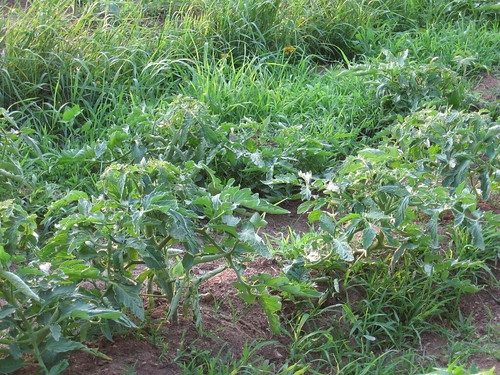
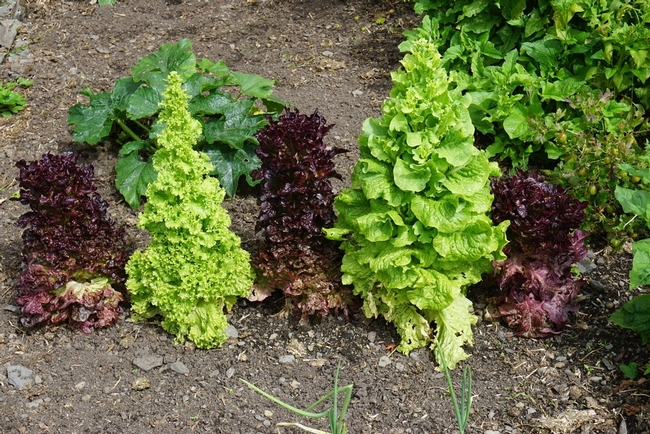
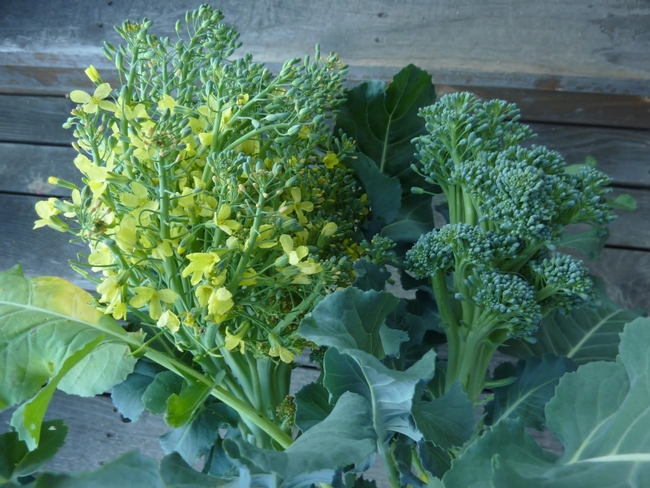
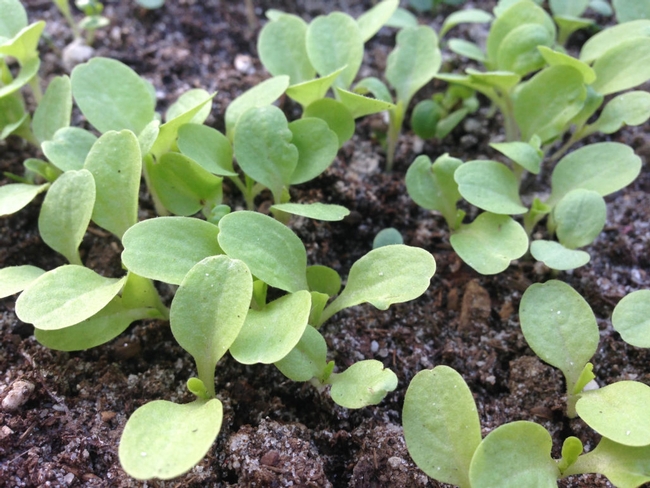
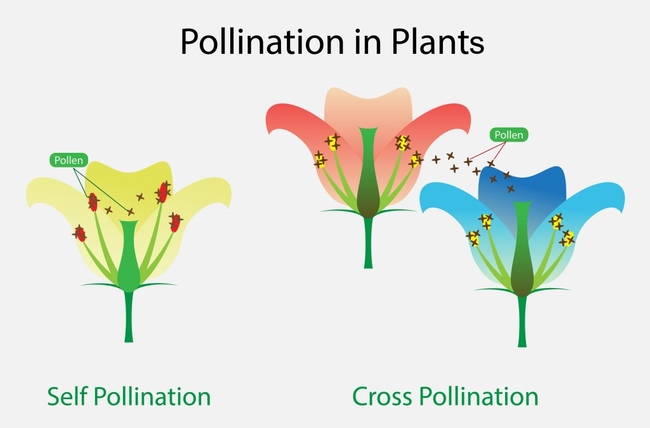
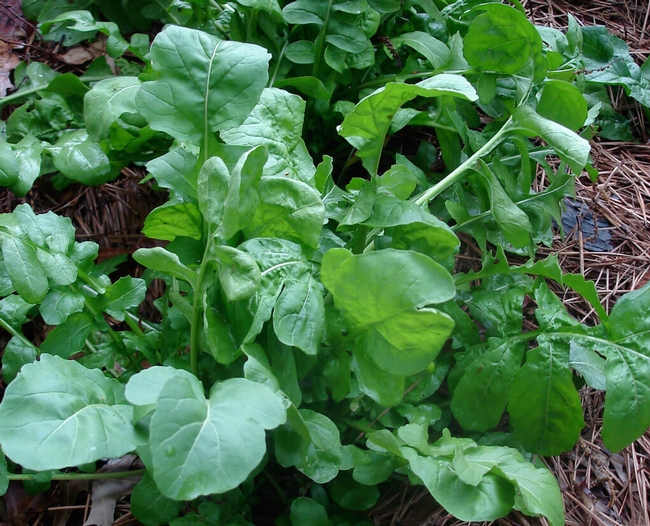
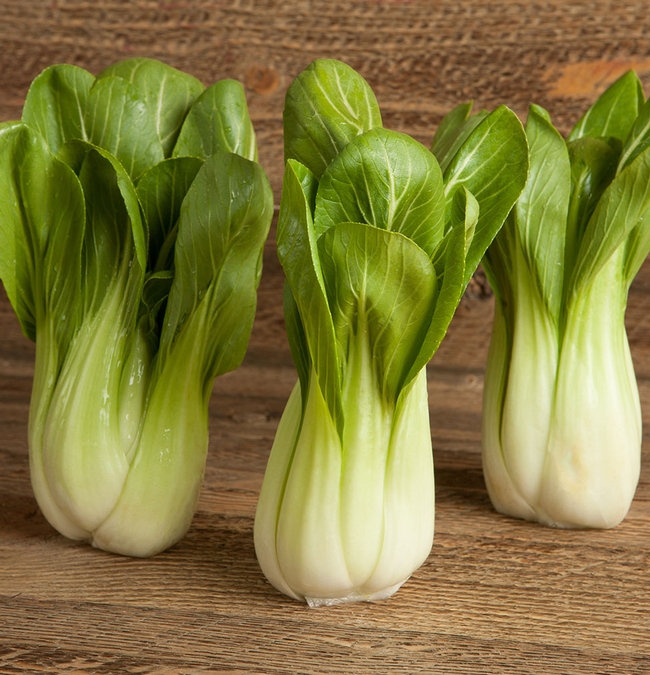
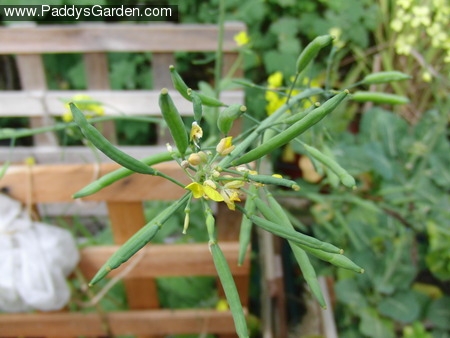
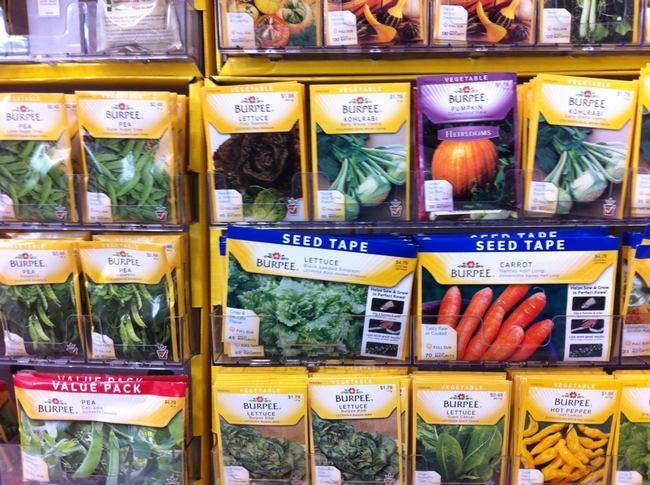
By Susanne von Rosenberg, UC Master Gardener of Napa County
It's the middle of October, we haven't had any rain yet, and I'm working on and thinking about my spring vegetable garden. How can that be?
First of all, the middle of October is more or less the latest time that you can get some cool- season vegetable seedlings into the ground. Most of them, such as the brassicas (broccoli, cauliflower, Brussels sprouts and kale), will not mature before the cold weather sets in. However, they will get a head start in becoming established, develop a strong root system and reward you with rapid growth as soon as the days lengthen and warm up in the spring.
You can still get in one more round of some leafy crops such as fast-growing lettuce or Asian greens. Even if they don't get as big as they would if we had more sunlight and warmth, they will still form a harvestable crop by mid- to late November. Make sure that you protect your little darlings from birds and other critters. At this time of year, anything green and juicy is appealing to wildlife.
Another part of planning for my spring vegetable garden is deciding where to put those October vegetable starts. That means deciding which of my summer crops are ready to come out. This is a good time of year to harvest the last of your tomatoes and cut the plants to the ground or remove them. Tomatoes that ripen later are generally not very tasty and also more likely to succumb to diseases.
Similarly, my pole beans are largely exhausted and ready to be removed. I can't take out all of my squash plants yet because a few are still ripening fruit. However, those that have yielded enough or have only very immature fruits are also coming out. By the way, you can treat those very young winter squash like summer squash; they are edible and tasty.
Because I'm a great fan of cucumbers, I usually coax my cucumber plants as far into the fall as I can. You may also have vegetables that you just really don't want to let go of. That's part of the planning process as well. If you're saving seeds for next year, remember to do that before you remove the plants.
Not all of my summer vegetable plants have to come out at the same time because I don't need all that space for planting. The areas that I'll be planting next spring are great candidates for growing cover crops right now. I like to use fava beans, which are easy to plant. You can eat the young leaves (steamed like spinach) and the flowers (fun in salads), and you can leave some of the flowers to develop into fava beans. I usually like to let the plants mature in those areas where I'll put warm-season crops in late April or May.
Another thing I like to do in the fall is to refresh my vegetable beds, if needed. I have hardware cloth (often referred to as gopher wire) underneath all of my vegetable beds. This year, the gophers broke through in one bed and took out my acorn squash and mini pumpkins.
The other aspect of my spring-garden planning is determining what to plant where and when. I figure out when I need to plant various seeds or seedlings so I can harvest a crop around a certain time. Then I plot where I want to put those plants. I always rotate crops. It's important not to grow plants from the same family in the same spot every year. Crop rotation helps control pests and diseases and also helps balance the nutrient demand in the garden.
Once I know where those plants are going and when, I can decide where to put cover crops and which ones I'll leave in place to harvest. Then I check my seed supply. I make sure that I have the ones I want and that they are fresh enough to use. Some seeds, like lettuce seeds, don't last long, so it's best to purchase new seed ever year. I don't know anyone who plants a full packet of lettuce seeds every year, unless they are growing them as baby lettuce. If you know you won't need all those seeds, consider sharing with friends.
Most brassica seeds, as well as summer vegetable seeds such as tomatoes, squash, melons and beans, are viable for two years. When seeds get too old, they don't sprout as well, and even if they sprout the plants they produce won't be as vigorous. By knowing which vegetable seeds I need, I can order early to make sure I get the seeds I want and they arrive on time.
As you can see, even though the warm weather is winding down, there is still a lot going on in the garden.
Food Growing Forum: Last Sunday of the month through October. Register to get Zoom link at: http://ucanr.edu/foodgrowingforum2020
Sunday, October 25, 3 pm to 4 pm, “Planting Onions, Leeks and Other Alliums and What Else to Do Now”
Napa Library Talks: First Thursday of each month. Register to get Zoom link. http://ucanr.edu/wildlifehabitat2020
Got Garden Questions? Contact our Help Desk. The team is working remotely so please submit your questions through our diagnosis form, sending any photos to mastergardeners@countyofnapa.org or leave a detailed message at 707- 253-4143. A Master Gardener will get back to you by phone or email.
For more information visit http://napamg.ucanr.edu or find us on Facebook or Instagram, UC Master Gardeners of Napa County.
